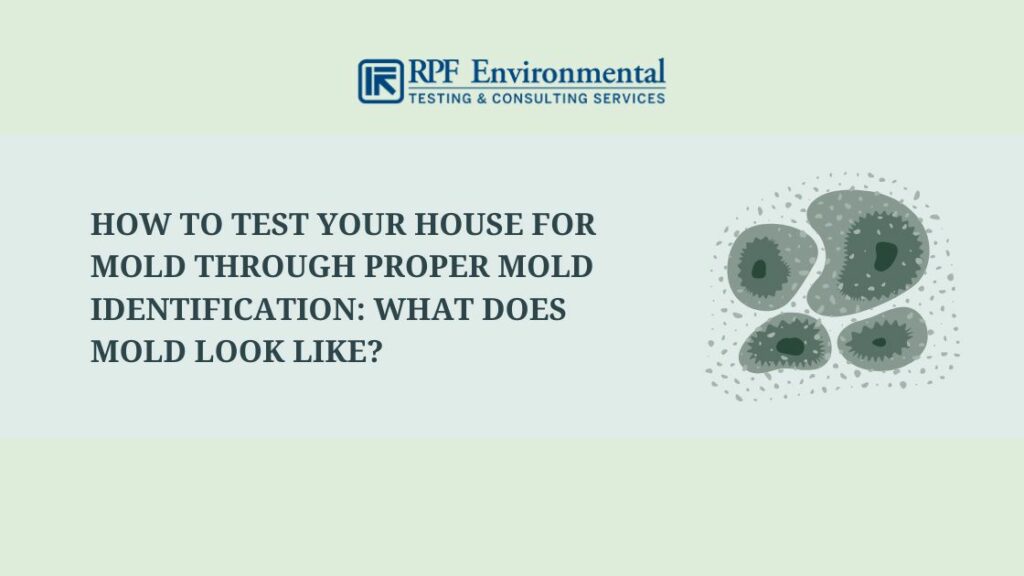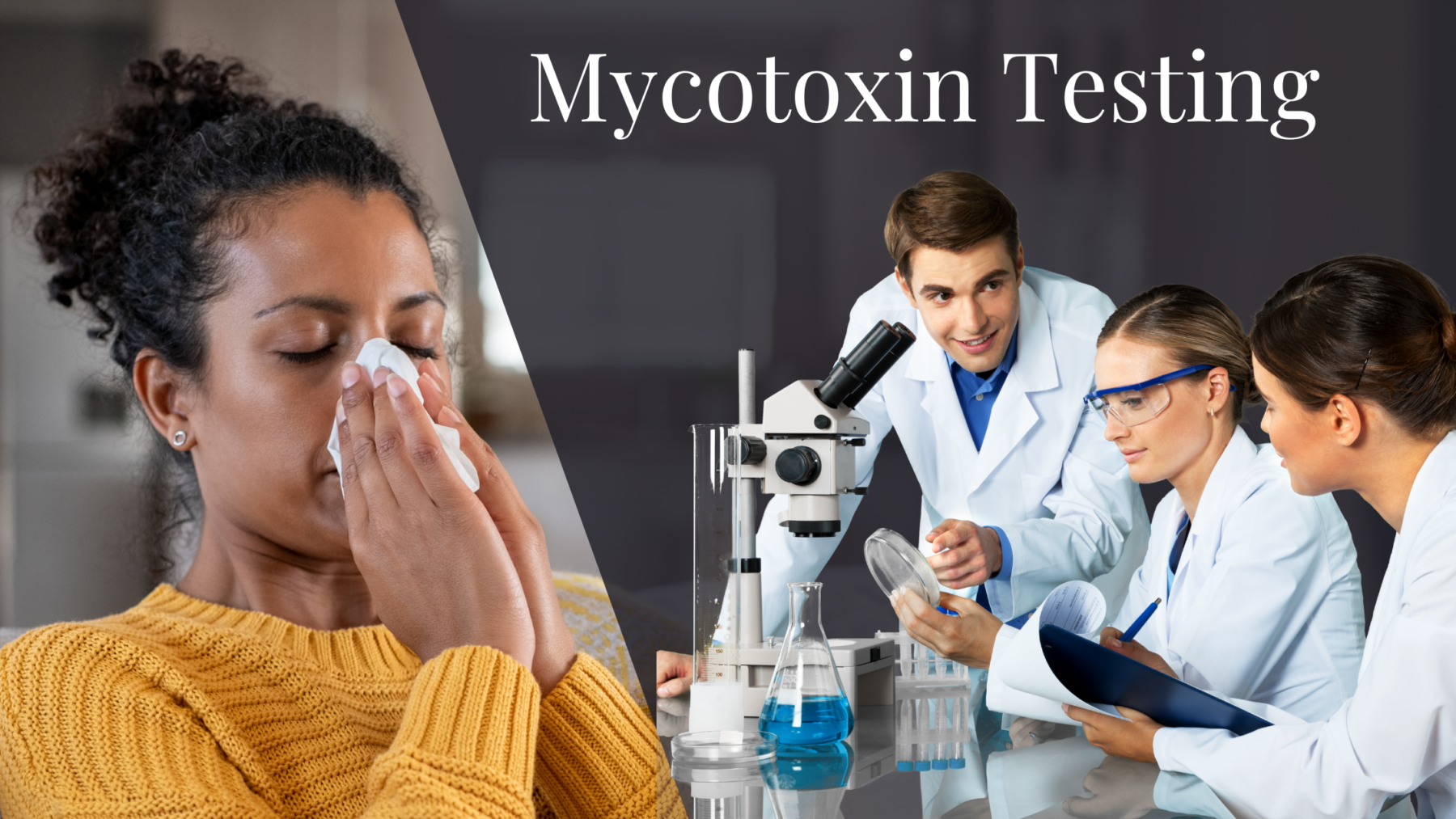Exactly How Mycotoxin Screening Helps Avoid Contamination and Guard Food Supplies

Mycotoxin screening is a vital practice in the food market, offering as a frontline protection against contamination by damaging contaminants produced by molds. With the application of innovative strategies like High-Performance Liquid Chromatography (HPLC) and Liquid Chromatography-Mass Spectrometry (LC-MS), food producers can precisely measure and find mycotoxin degrees in agricultural products.
Comprehending Mycotoxins
Recognizing mycotoxins starts with identifying that they are poisonous second metabolites generated by particular mold and mildews, which can infect farming products. These metabolites are not vital for the growth or reproduction of the fungi yet can have extreme effects for animal and human health and wellness. Mycotoxins are typically found in staple crops such as corn, wheat, barley, and nuts, where they can multiply under details problems of wetness and temperature.
There are several kinds of mycotoxins, each created by different fungal varieties. Fusarium types produce fumonisins and trichothecenes, both of which are associated with numerous severe and chronic wellness issues.

Dangers of Mycotoxin Contamination
The threats of mycotoxin contamination are multifaceted, posturing substantial risks to both food safety and public health and wellness. Mycotoxins, toxic substances produced by specific kinds of fungi, can infect a wide variety of agricultural products consisting of cereals, nuts, flavors, dried out fruits, and coffee.
Economic effects are another major problem. Contaminated plants can cause substantial monetary losses for farmers and food producers because of lowered yields and the requirement for pricey decontamination steps. Worldwide profession can be dramatically hindered as countries implement rigorous mycotoxin laws to protect their populations, leading to declined deliveries and stretched profession relationships.
Ecological factors such as climate change intensify the danger of mycotoxin contamination. Variants in temperature level and moisture can develop desirable problems for fungal development, raising the chance of contamination occasions. Hence, understanding and mitigating these threats are important for making sure the security and stability of worldwide food materials.
Approaches of Mycotoxin Examining
Properly recognizing mycotoxin contamination in farming items is crucial for guarding public wellness and keeping food safety and security requirements. Different techniques are utilized to spot and quantify mycotoxins, each offering particular advantages and constraints.
High-Performance Fluid Chromatography (HPLC) is a commonly utilized method as a result of its high level of sensitivity and accuracy. It includes separating mycotoxins from other materials in an example, allowing precise quantification. Liquid Chromatography-Mass Spectrometry (LC-MS) combines fluid chromatography with mass spectrometry to provide thorough molecular info, making it especially valuable for recognizing multiple mycotoxins simultaneously.

Gas Chromatography-Mass Spectrometry (GC-MS) and Thin-Layer Chromatography (TLC) are also utilized, each with one-of-a-kind applications. GC-MS works for volatile mycotoxins, while tender loving care offers a less complex, cost-efficient choice for initial testing.
Advantages of Routine Checking
Routine testing for mycotoxins in agricultural items uses countless benefits, considerably adding to public health and wellness and food security. By identifying contamination early, regular screening assists prevent the circulation of poisonous foods, consequently decreasing the threat of mycotoxin-related health problems among customers. This positive method not just safeguards human health and wellness but additionally improves the overall top quality of food materials.
Consistent screening likewise sustains regulative compliance. Various countries and areas have developed strict restrictions for mycotoxin levels in food and feed. Sticking to these limitations via routine screening makes sure that producers and vendors meet lawful standards, consequently avoiding charges and trade barriers. Moreover, preserving conformity promotes customer trust and brand name reputation, which are important for market success.
Additionally, regular mycotoxin content testing can cause substantial financial benefits. Early detection of contamination enables prompt treatment, lowering potential losses from widespread contamination. Executing routine testing procedures can additionally minimize recall costs and related obligations, which can be economically ravaging.
Moreover, normal screening gives valuable data that can inform better agricultural practices and storage space problems. By understanding patterns of contamination, manufacturers can take on preventative measures, thereby reducing future risks and adding to the sustainability of the food supply chain.
Applying Examining Methods
Carrying out efficient mycotoxin testing protocols is essential for making sure the safety and security and high quality of agricultural products. Establishing a durable screening structure includes several essential steps, beginning with the recognition of possible contamination points within the production and supply chain. This consists of pre-harvest, post-harvest, storage space, and distribution stages. Each stage needs to be inspected to pinpoint where mycotoxin contamination is more than likely to take place.
Once essential control points are identified, picking proper testing techniques is vital. Common strategies include enzyme-linked immunosorbent assay (ELISA), high-performance fluid chromatography (HPLC), and mass spectrometry (MS) Each approach has its weaknesses and strengths; thus, choosing the proper one depends on the specific mycotoxin being examined, the called for level of sensitivity, and offered resources.

Finally, integrating the screening protocols right into a detailed food safety monitoring system is recommended. This boosts traceability and allows speedy restorative activities when contamination is discovered, thereby guarding the integrity of the food supply chain.
Verdict
Mycotoxin testing is crucial in stopping contamination and safeguarding food materials by making it possible for early discovery of damaging contaminants created by mold and mildews in agricultural products. Advanced approaches such Read Full Article as HPLC and LC-MS ensure read this conformity with safety and security policies and shield consumers from health and wellness threats. Regular testing improves brand credibility, economic security, and count on in food security by decreasing contamination-related losses and maintaining high requirements in food manufacturing. Implementing rigorous screening methods is thus critical for the industry's overall wellness.
Mycotoxin testing is a vital method in the food market, offering as a frontline defense against contamination by damaging toxic substances created by molds. An integrated approach involving agricultural techniques, storage space administration, and routine testing can mitigate the risks connected with mycotoxin contamination, guaranteeing food safety and public health.
The threats of mycotoxin contamination are complex, presenting considerable risks to both food safety and public wellness.Normal testing for mycotoxins in agricultural items supplies countless advantages, dramatically contributing to public health and food safety.Mycotoxin screening is essential in protecting against contamination and securing food materials by enabling very early detection of hazardous contaminants created by molds in farming products.